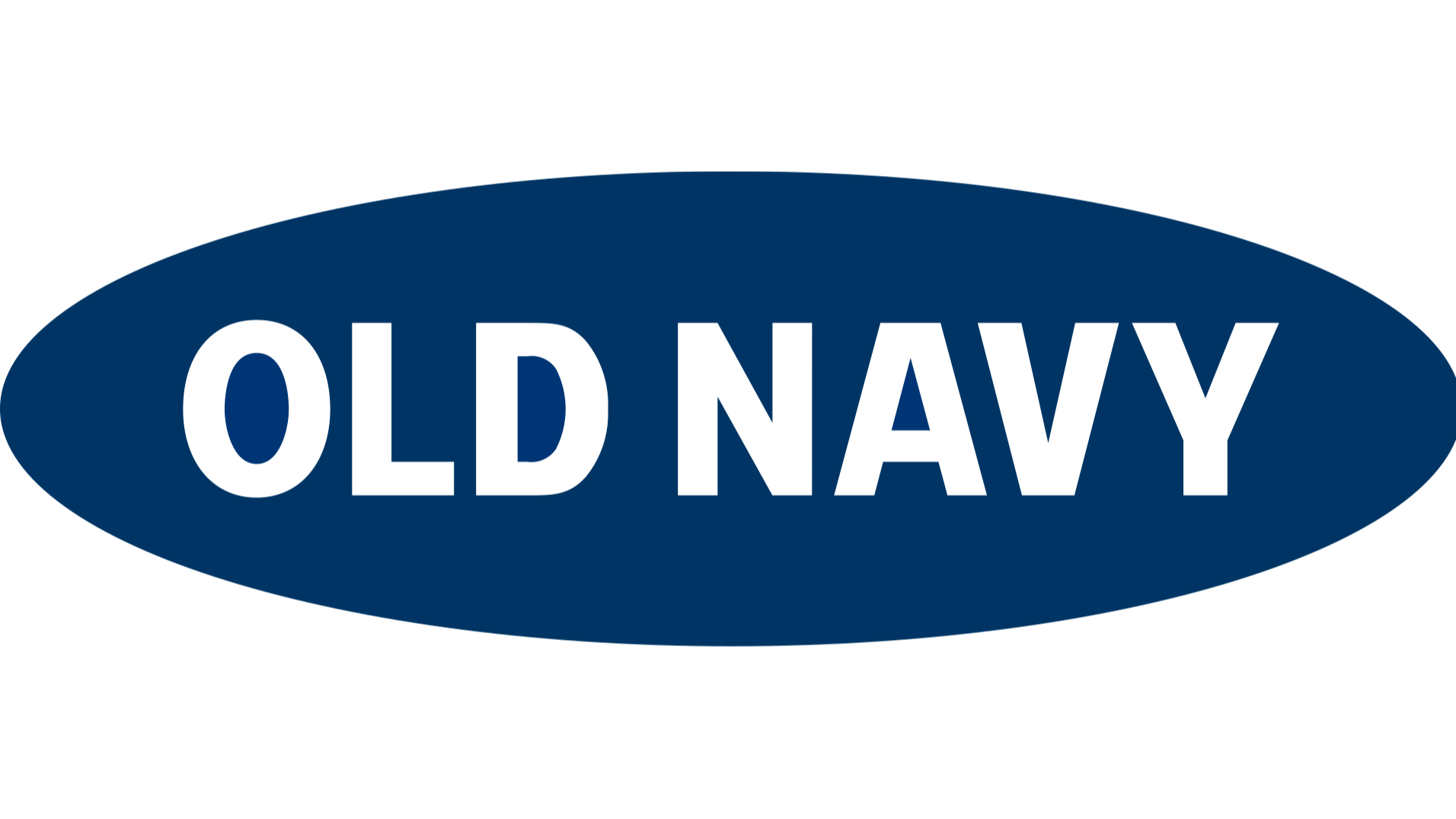Gap-owned Old Navy is rolling out a new platform that uses RFID, AI, and computer vision technology to track and locate in-store inventory.
Old Navy is a global apparel and accessories brand with more than 1,200 stores around the world.
The US brand is partnering with RADAR on the phased, multi-year rollout.
The move will see the technology deployed across the retailer’s stores nationwide.
The new technology is designed to help Old Navy precisely manage inventory and give store employees the real-time information needed to find products instantaneously, whether they are on the sales floor or in the backroom.
AI and data-science analytics will also help to inform inventory decisions so that the business can stock the correct products in the right locations, in a bid to reduce shrinkage, stockouts, and overstocking.
“Building on the rigor and discipline that is now core to how we operate, this new technology can place power in the hands of our frontline teams to better serve our customers – an important factor in our long-term strategy to make Old Navy the most loved apparel brand in North America, standing for on-trend style, consistent quality, and frictionless experience, all at an accessible price,” said Haio Barbeito, Old Navy president and chief executive.
The company's chief technology officer Sven Gerjets said that in 2025, the company is focus on innovating.
"This partnership brings proven capabilities that can generate value over time as we take a strategic, multi-year approach to merging technology and retail to deliver a human-centred, digitally led shopping experience," he continued.
Latest News
-
China alleges US cyber breaches at National Time Center
-
Frasers Group integrates agentic AI ecommerce suite with new partnership
-
AWS outage disrupts global apps and services as engineers investigate root cause
-
Lloyds Bank says 93% of staff using Copilot tools
-
Record labels collaborate with Spotify to build AI music products
-
Cellnex sells French data centre unit for €391m
The future-ready CFO: Driving strategic growth and innovation
This National Technology News webinar sponsored by Sage will explore how CFOs can leverage their unique blend of financial acumen, technological savvy, and strategic mindset to foster cross-functional collaboration and shape overall company direction. Attendees will gain insights into breaking down operational silos, aligning goals across departments like IT, operations, HR, and marketing, and utilising technology to enable real-time data sharing and visibility.
The corporate roadmap to payment excellence: Keeping pace with emerging trends to maximise growth opportunities
In today's rapidly evolving finance and accounting landscape, one of the biggest challenges organisations face is attracting and retaining top talent. As automation and AI revolutionise the profession, finance teams require new skillsets centred on analysis, collaboration, and strategic thinking to drive sustainable competitive advantage.
© 2019 Perspective Publishing Privacy & Cookies













Recent Stories